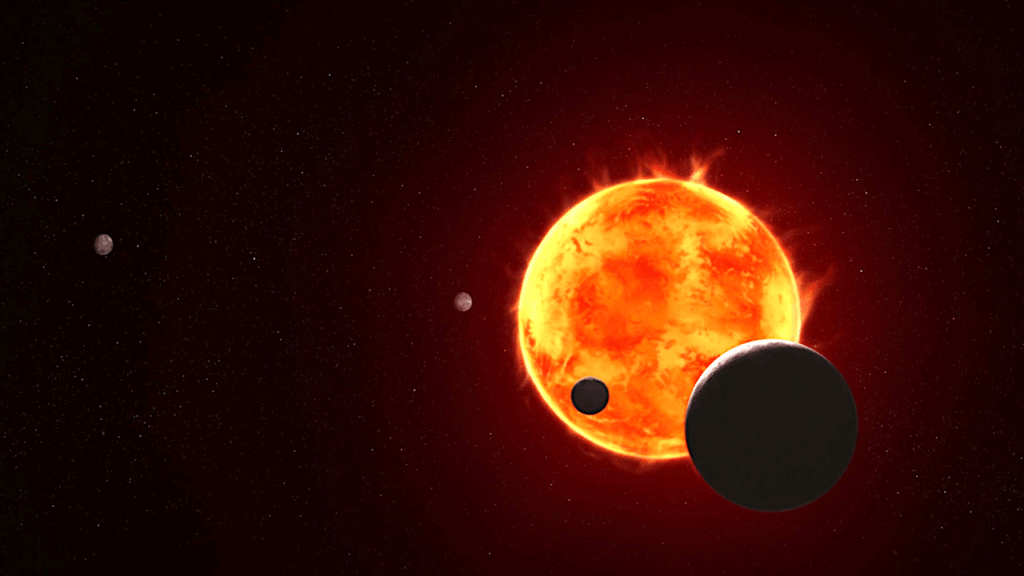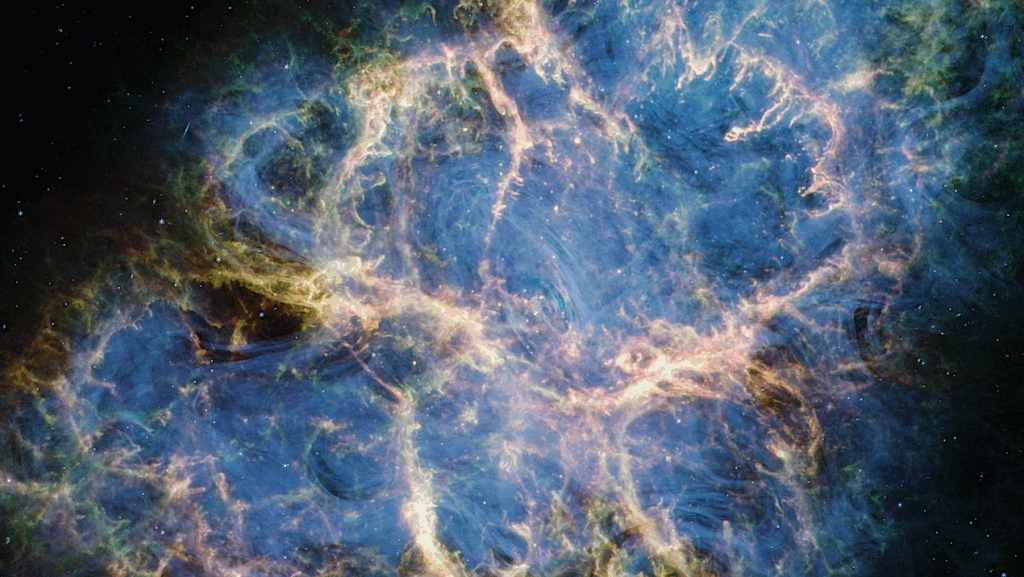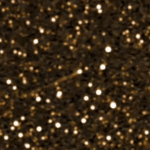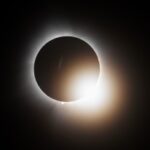Now Reading: (Re)-Defining Planets — the Fundamental Plane of Planets
-
01
(Re)-Defining Planets — the Fundamental Plane of Planets
(Re)-Defining Planets — the Fundamental Plane of Planets
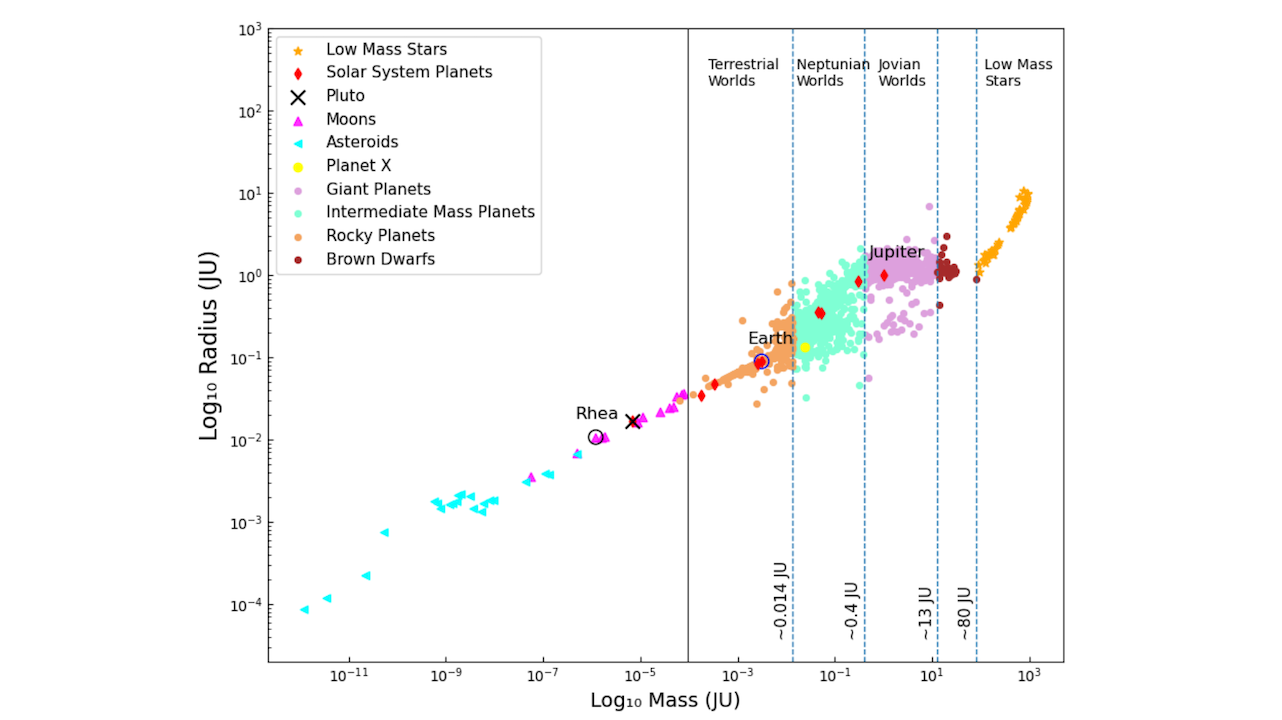

Mass-Radius plot of asteroids, moons, planets, brown dwarfs and low-mass stars. From nearly 5600 exoplanets listed in the PHL-HWC database, 1504 are categorized as terrestrial worlds (orange dots), 2609 as Neptunian worlds (green dots), 1355 as Jovian worlds (purple dots), and 115 as brown dwarfs (brown dots). — astro-ph.EP
6000+ exoplanets are now detected using various techniques, with estimates of billions of planets existing in our Galaxy alone.
They are called super-Earths, hot Earths, mini-Neptunes, hot Neptunes, sub-Neptunes, Saturns, Jupiters, hot Jupiters, gas giants, ice giants, rocky, terran, subterran, superterran, and so on. This prompted the emergence of many recent works on taxonomy, or classification, of exoplanets. However, there is still no basic, fundamental definition of ‘What is a planet?’.
IAU has forwarded a definition in 2006 which, however, raised more questions than it solved. The first ambitious task here is to establish if there are limits on the size/mass of planets. The lower mass limit may be assumed as of Mimas – approximately minimum mass required to attain a nearly spherical hydrostatic equilibrium shape. The upper mass limit may be easier – there is a natural lower limit to what constitutes a star: ~0.08 SU.
But then there are brown dwarfs: IAU has defined brown dwarfs as objects that exceed the deuterium burning limit (~13 JU), and giant exoplanets generally have masses of ~0.3 to ~60 JU. The resolution requires assembling the basic physical parameters that define planets quantitatively.
Mass and radius are the two fundamental properties, and we propose to use a third correlated parameter: the moment of inertia. Based on this, we create the fundamental planet plane where the two parameters are correlated with the third, similar to a fundamental galactic plane. The fundamental planetary plane with turn-off point diagrams is constructed for the first time in this work.
We define a planet as ‘A celestial spherical object, bound to a star or unbound, that lies on the fundamental planetary plane, within a mass range between 0.02 EU to 13 JU’.
Madhu Kashyap Jagadeesh, Arkil D. Parikh, Margarita Safonova, Bernard Foing
Comments: 8 pages, 7 figures Submitted to MNRAS
Subjects: Earth and Planetary Astrophysics (astro-ph.EP); Instrumentation and Methods for Astrophysics (astro-ph.IM)
Cite as: arXiv:2506.16063 [astro-ph.EP] (or arXiv:2506.16063v1 [astro-ph.EP] for this version)
https://doi.org/10.48550/arXiv.2506.16063
Focus to learn more
Submission history
From: Arkil Dhaval Parikh
[v1] Thu, 19 Jun 2025 06:42:00 UTC (274 KB)
https://arxiv.org/abs/2506.16063
Astrobiology,
Stay Informed With the Latest & Most Important News
Previous Post
Next Post
-
 012024 in Review: Highlights from NASA in Silicon Valley
012024 in Review: Highlights from NASA in Silicon Valley -
 02Panasonic Leica Summilux DG 15mm f/1.7 ASPH review
02Panasonic Leica Summilux DG 15mm f/1.7 ASPH review -
 03How New NASA, India Earth Satellite NISAR Will See Earth
03How New NASA, India Earth Satellite NISAR Will See Earth -
 04And Thus Begins A New Year For Life On Earth
04And Thus Begins A New Year For Life On Earth -
 05Astronomy Activation Ambassadors: A New Era
05Astronomy Activation Ambassadors: A New Era -
06SpaceX launch surge helps set new global launch record in 2024
-
 07From Polymerization-Enabled Folding and Assembly to Chemical Evolution: Key Processes for Emergence of Functional Polymers in the Origin of Life
07From Polymerization-Enabled Folding and Assembly to Chemical Evolution: Key Processes for Emergence of Functional Polymers in the Origin of Life













